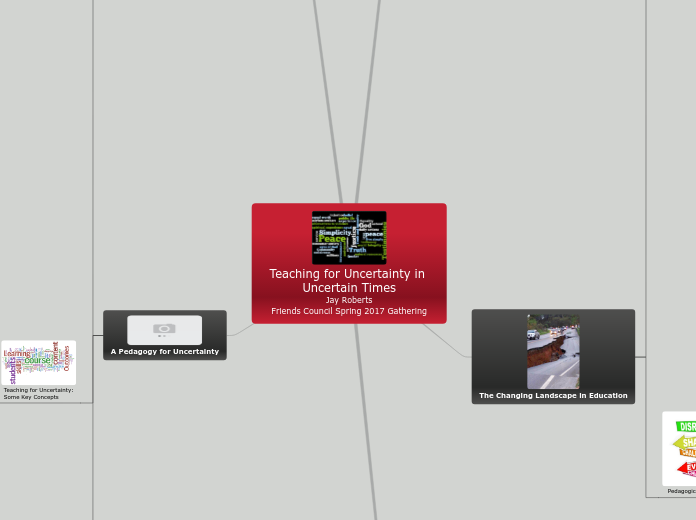by Shamsa Mohamed 3 years ago
181
Adolescents in the 21st century pose a great risk to others as well as themselves
Adolescents today face significant risks both to themselves and others, primarily due to high rates of fatal accidents. These incidents, often referred to as the "accident hump," highlight a critical issue with teenagers'









